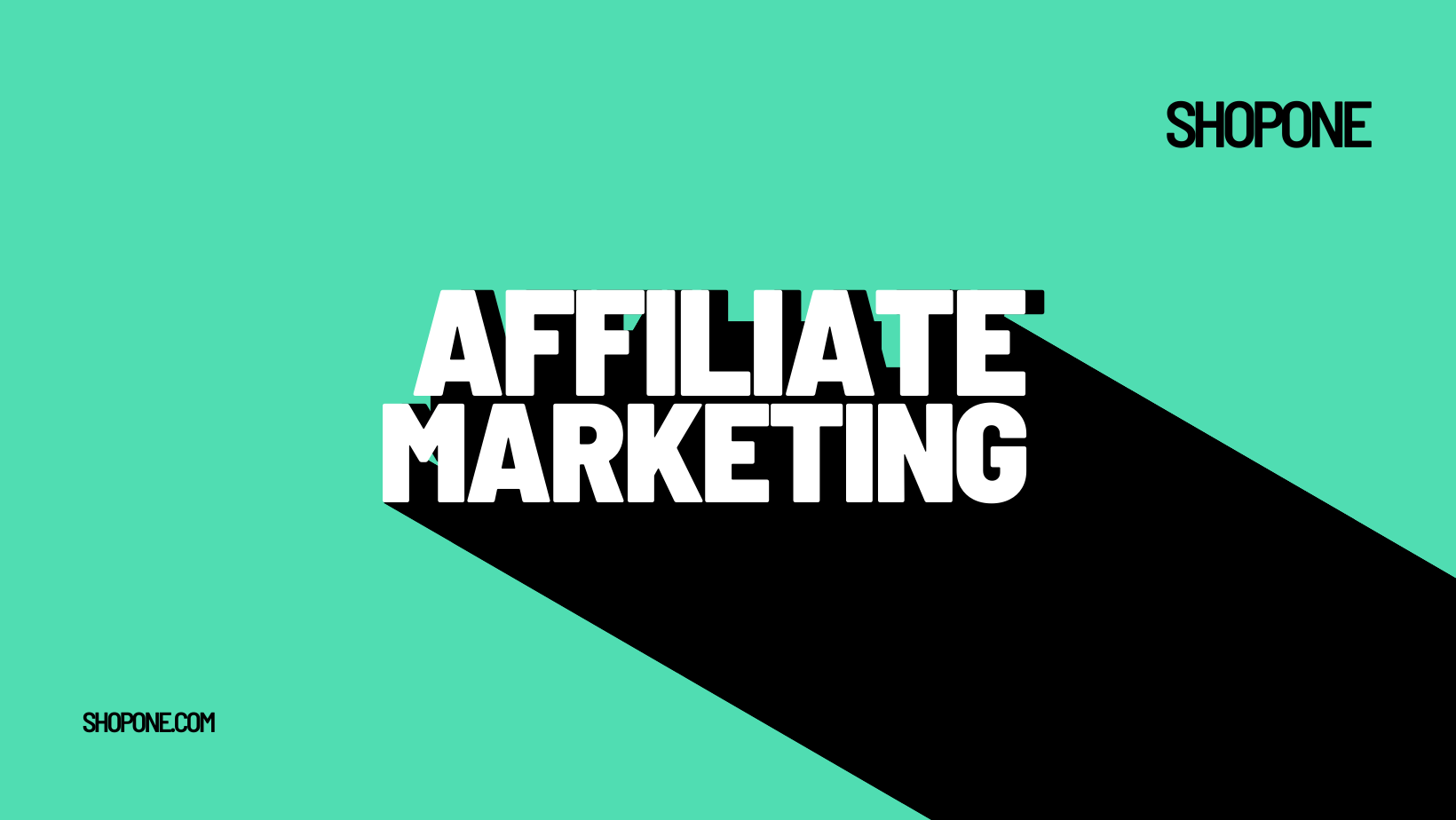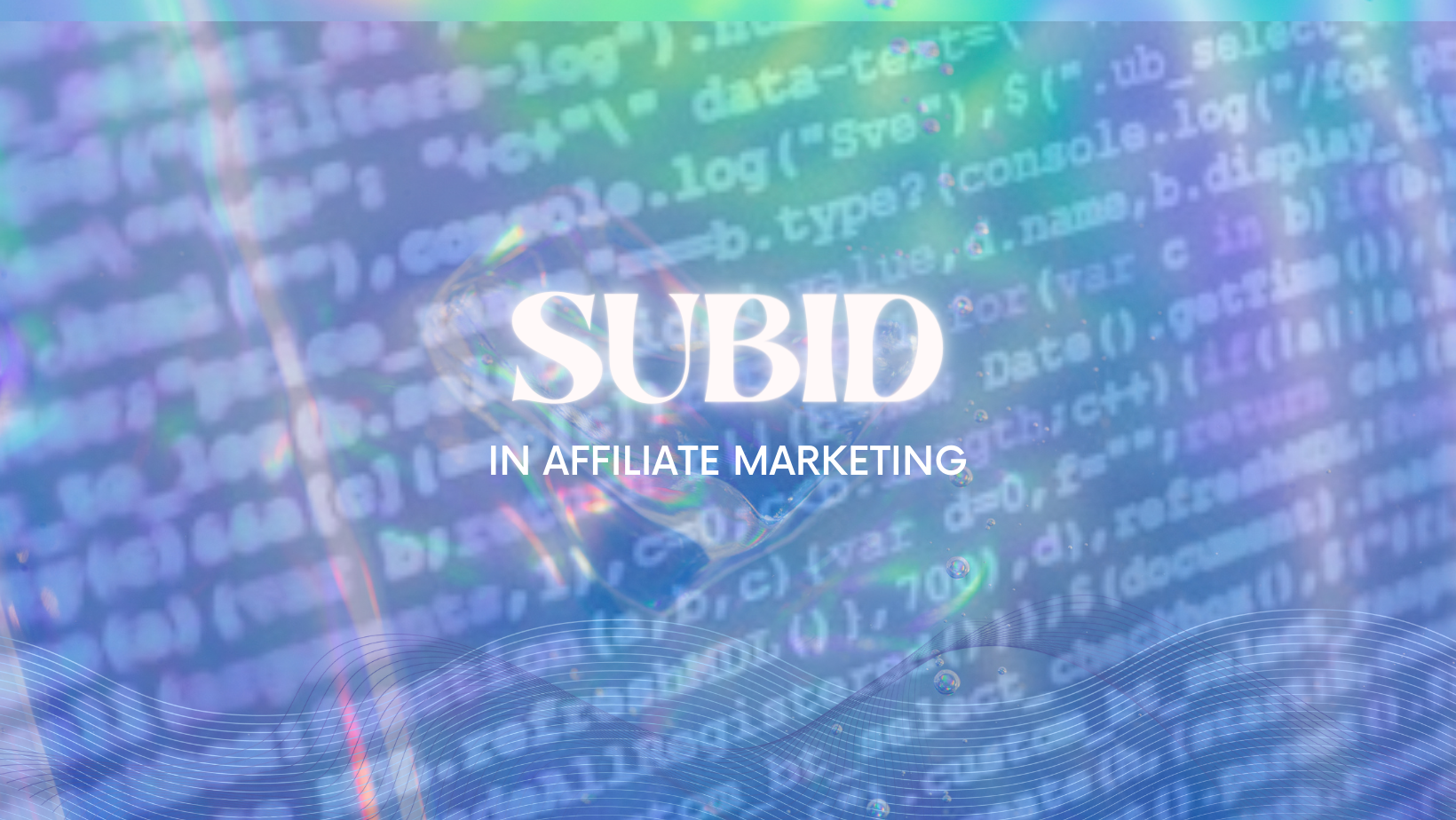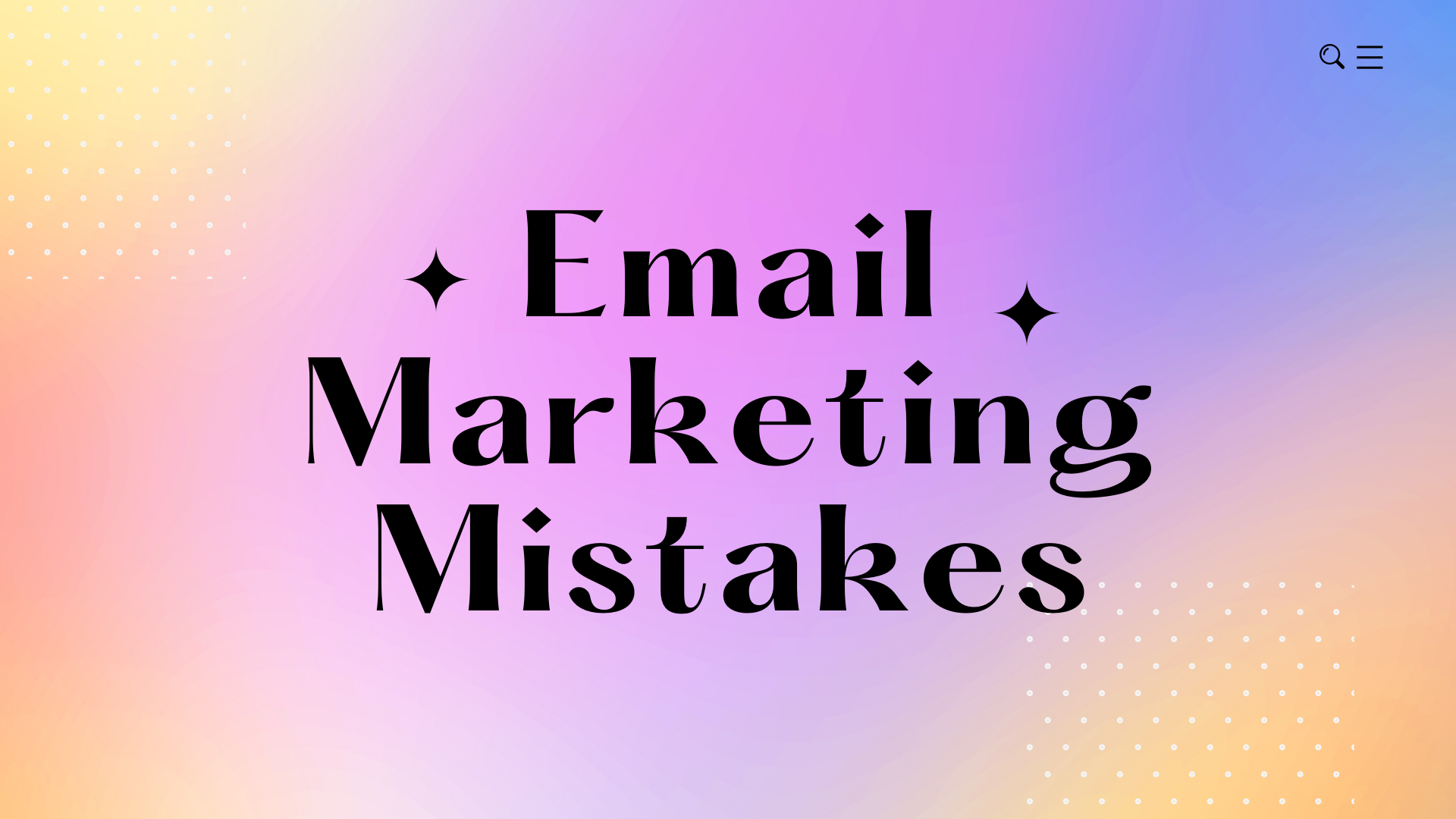What is a Marketing Funnel? 4 Marketing strategies you MUST know to develop the Funnel
- Nov 07 2024
- 1 views
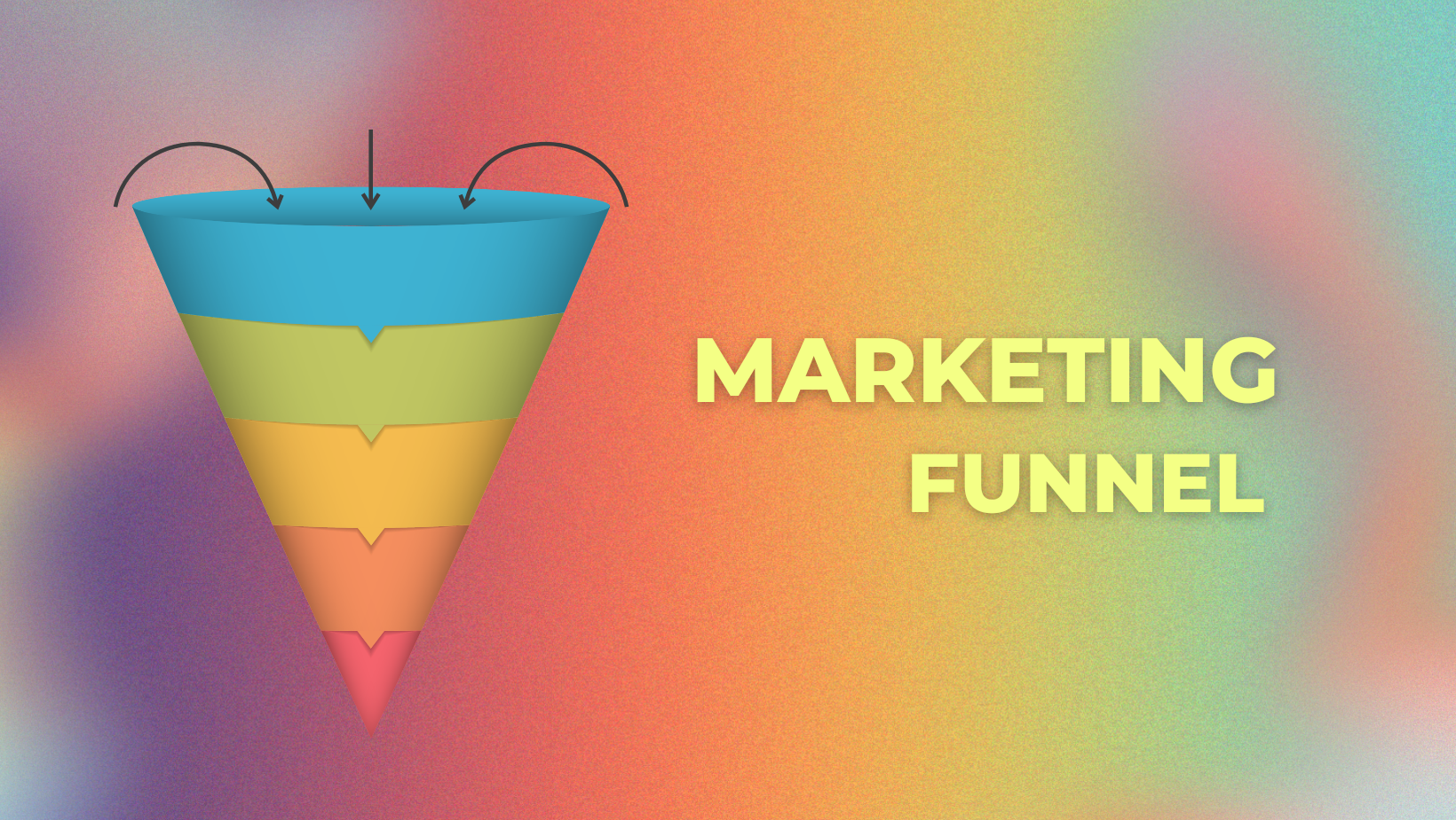
Have you ever questioned in what ways the leading enterprises such as TH true milk, Vingroup,... could attract their target audiences, maintaining the huge profit continuously? These successes stem from big efforts to build the Marketing Funnel!
This blog will update you with the definition of a Marketing Funnel, and the process of building it, as well as recommend 4 prominent strategies corresponding to every stage of the Funnel. Join WebSass to explore more about this Marketing term in this article!
1, What is a Marketing Funnel?
Literally, a funnel is a tube or pipe that is wide at the top and narrow at the bottom, used for guiding liquid or powder into a small opening. So, let's guess, what is the Marketing Funnel?
The Marketing Funnel is operated based on a funnel’s mechanism, as you move along the stages, you lose customers. The percentage of customers, like a liquid, will gradually decrease through each stage, leaving a final group of customers who know, trust and use the product.
In general, the Marketing funnel depicts the buyer's journey from awareness to the decision to buy products of the brand. This process helps to select potential customers with interest in the product, gradually converting into purchasing or consuming that service.
Let's take an example of an Ielts teaching center. Many people search for “Ielts Courses for beginners” on Google, but your center ranks top for the keyword “Ielts course”.
- 100 people see your site on search results
- 50 people click to visit your site. There, they see a 25% discount on tuition fees on the Website, but they have to fill in the registration box to achieve the discount
- 30 people decided to receive this promotion
- 15 people decide to buy and use this promo code
You will see the number decrease from 100 > 50 > 30 > 15.
This is a marketing funnel, with the decline of customers as time stretches.
2, Why Should You Have a Marketing Funnel?
For any sales advertising campaign on Facebook or Google, businesses always want to optimize their Marketing budget but still receive a large amount of traffic. However, some companies that spent huge budgets on advertising have not attracted any customers. This issue could originate from a flawed operation, an internal link error, or unattractive content, which leads to the failure in customer retention and conversion.
A possible solution that can be given is to build a Marketing funnel, which helps you to divide the statuses, and stages of approaching the buyer journey, control the measurement and analyze indicators. Through these features, you could grasp customer needs and use appropriate strategies to increase conversion rates.
Next, Websass will introduce the essential stages included in a Marketing Funnel.
3, Stages of a Marketing Funnel:
Normally, the funnel model that is mostly applied is the AIDA model. This model tracks the buyer's journey from the stage of awareness to action.
Marketers could possibly subdivide the model to match the business requirements if needed. More specifically, some marketers usually add an extra stage of customer care and retention after a successful conversion.
However, the most widely-used funnel model in the buyer journey is still the AIDA model. Let’s figure out the 4 stages in the AIDA model.
A - Awareness:
Potential customers start to recognize their problems and need to find potential solutions to them.
For example, Netflix began to reach users and attract the attention of target customers with popular forms of advertising to increase user awareness of the product. The types of advertising they launched are Youtube ads and Google Adwords display ads.
I - Interest:
Potential customers are interested in a particular group of products or services that solves their problem.
At this point, Netflix continues to create interest among target customers by providing a one-month free trial for customers to experience the features, seamlessness, and presentation quality on Netflix.
D - Desire:
Potential customers are interested in a particular brand or product and begin to evaluate whether it satisfies their needs.
At the Desire stage, when customers have started getting used to this experience, Netflix will require users to register service packages to continue using additional features:
- Exclusive products produced by Netflix
- High-quality, sharper projection
- Allows viewing on multiple devices at the same time
- Allow simultaneous access to multiple profiles in one account plan
- Allow download
- Allow ad blocking
- Personalize usage: recommend movies, favorite genres, and more
Along with many other extended features.
A - Action
In the final step of the AIDA model - Action, you can encourage customers to take quick and easy purchasing actions by implementing persuasive methods combined with a call to action.
Present combined benefits with a call-to-action: discounts, gifts for first orders, early sign-ups, or additional perks such as free shipping, discounts on subsequent orders, etc.
Optimize the user experience to make the shopping journey seamless and uninterrupted from the moment customers click on the "Call-to-Action" (CTA) button until the order is successfully placed.
Notify and remind target customers to make quick purchases due to expiring promotions, limited-time offers, last chances to receive benefits when making a purchase, etc.
The interest generated by the experience has led the target customers to desire to use the services provided by Netflix with various subscription packages. Netflix also supports different user demographics with various service packages to cater to their needs.
4, Marketing Strategies for Each Stage of the Funnel
There is a wide variety of marketing strategies you could use in each stage of the Marketing Funnel. Join us to learn more in detail!
Awareness stage: Lead Generation Strategies
As mentioned before, the marketing activities at this stage aim at spreading the brand’s awareness. This is the top of the funnel, so you’d better approach and direct toward the bottom. Therefore, at this stage, quantity should be prioritized rather than quality. Websass would introduce some tactics that can help you reach a large number of consumers.
Influencer Marketing
To reach as many people as possible, Influencer Marketing is considered the most effective strategy. Influencers with large followings will help you to reach a large number of target audiences.
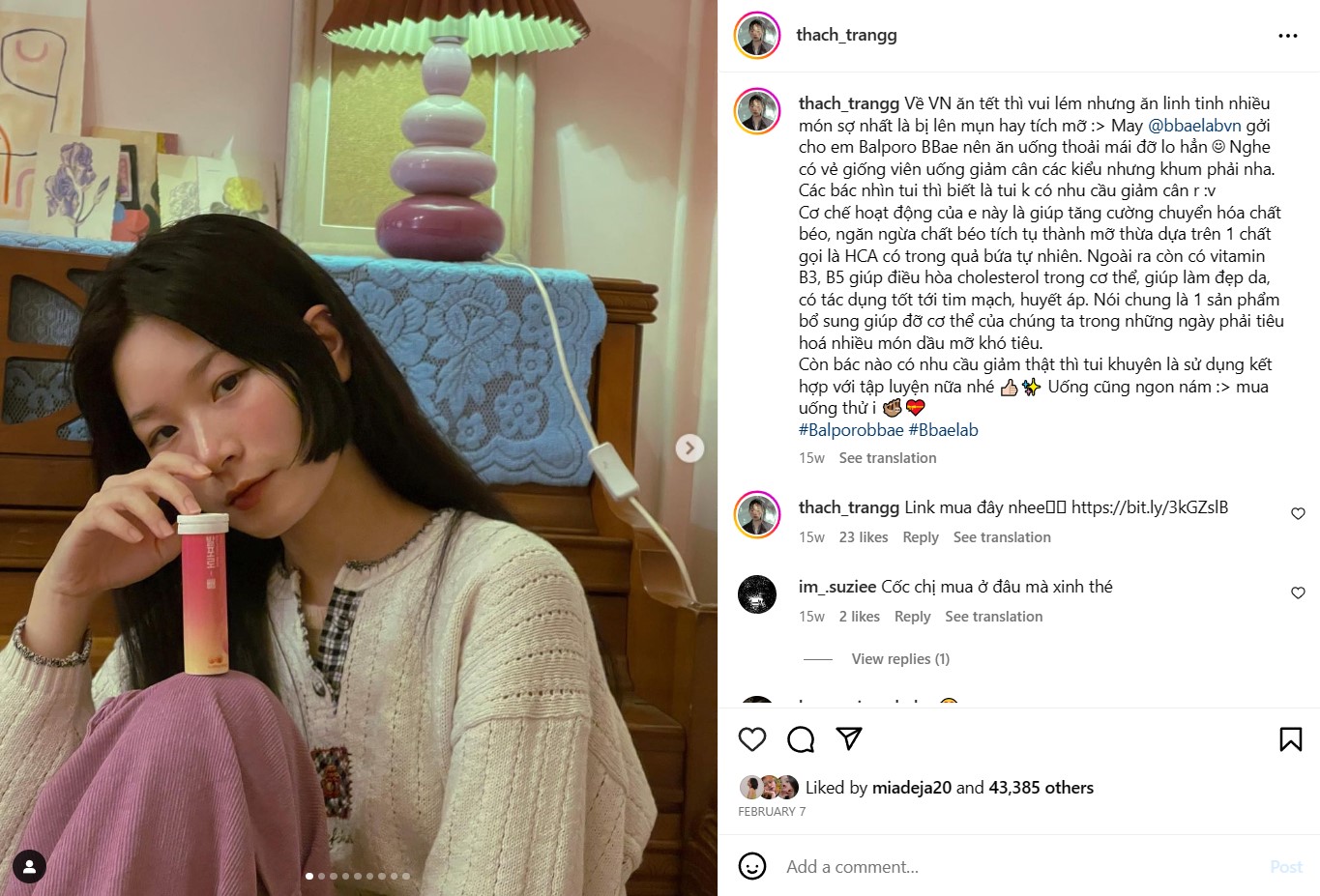
Let's take an example of Thach Trang’s IG post, which mentions a brand of functional food that helps to alleviate acne on her skin. In this case, the Influencer is a person who usually takes care of facial skin. The brand’s name being indirectly and naturally mentioned has helped the functional food brand reach more than 515 thousand people.
Organic SEO
Another helpful strategy at this stage is SEO (Search Engine Optimization) applied to keywords to improve your organic search rankings. A lot of potential customers visit the website through this activity, so search optimization is very important when building a marketing funnel.
Advertisement
PPC (Pay-Per-Click) advertising campaign is one of the most popular marketing strategies used for sale lead attraction if you have a big budget. This is an internet marketing model in which advertisers pay for each click on their popup ad. It's basically a way to buy visits to your website, rather than trying to "earn" those visits organically. These ads are shown to a large number of relevant people entering search queries related to your niche. So, using PPC ads, you can generate quality leads.
Interest and Desire Stages: Lead Nurturing Strategies
There are two main strategies that work well for the interest and desire stages of the marketing funnel.
Content Marketing
Efforts to launch great content to attract customers should take place at this stage of the funnel. Consumers have just been told about your brand and are ready to explore more. Just similar to consumers who are starving for information, they are easily attracted to the topic they care about. Therefore, content marketing can be very effective in the middle stage of building a marketing funnel.
Below shows a list of different themes that work well for each stage of the marketing funnel. Case studies, Ebooks, and Blog posts are most often used to reach customers in the middle of the funnel.
Reviews – Product Reviews
Another effective strategy to get people interested in your products and direct them further down the funnel is using product reviews.
You can use customer reviews and showcase them on your website. You can also get influencers to write detailed product reviews and share them with their audiences. These will help alleviate any concerns people have before buying your product and make them want the product more.
Action Stage: Lead Conversion Strategy
This is the stage where you need to convince potential buyers to take action. Therefore, all marketing strategies at this stage focus on creating a sense of urgency and prompting people to complete the purchase.
Here are some of the most effective lead conversion strategies you can use:
CRO
Conversion rate optimization (CRO) strategies focus on allowing people to convert easily. Including CTAs like “Buy now” or “Try it now” etc. provide these high-purchase-intent users with an easy way to make a purchase. These CTAs direct people from anywhere on your website to the purchase pages.
Demo and Trial
Offering a free trial or live demo improves the chances of a prospect making a purchase. These strategies are especially useful for SaaS and other service companies.
A demo can help consumers better understand the product and see the user interface themselves. This aids decision-making, especially for software and tools with complex structures.
Similarly, a free trial encourages people to try your product or service before they invest their money. A good experience with the trial usually translates into a purchase later.
Discounts and promotions
Similar to how service companies use trials and demos, companies selling products can use the promotion to encourage buying behavior. Limited-time discounts or coupons or any other offer creates a sense of urgency and speeds up the buying process.
Conclusion:
Having read this article, you must have understood what a Marketing Funnel is as well as detailed strategies for each stage of funnel building. However, the job of a marketer not only ends with a customer making a purchase, but you also have to ensure customer retention and nurture customers’ loyalty to the brand.
Once you’re done with your marketing funnel, don't forget to add the last important step, customer retention. This important stage needs to be maintained in the long run, to ensure the continuous profit of the business. So go ahead and start implementing a marketing funnel model for businesses based on our instructions!
